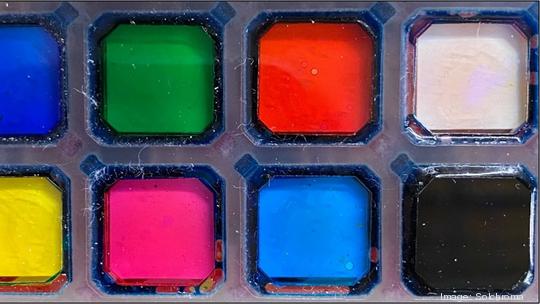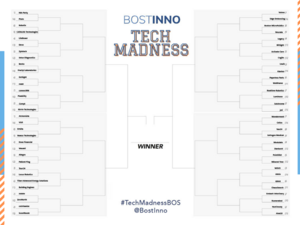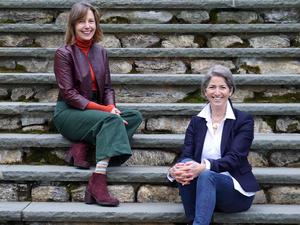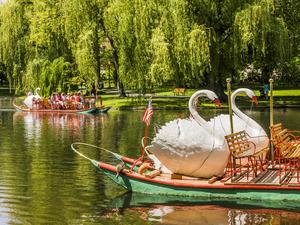
One Somerville-based startup is working towards decreasing light pollution — one digital display at a time.
Solchroma, founded in 2015, is building “the world's most vivid, reflective digital displays for smart cities.” What does that mean? Well, the company has invented digital displays — think billboards and advertisements — that don’t use LEDs, so it doesn’t feel as if your neighborhood is in Times Square or Las Vegas at all times.
Light pollution comes from an excessive or mismanaged use of artificial light, according to the International Dark-Sky Association, and can develop from a number of sources, including stadiums, factories or street lights. In 2016, a research article titled "World Atlas of Artificial Night Sky Brightness" reported that approximately 99% of the U.S. and European populations live under light-polluted skies.
Typically, outdoor displays use LEDs because they can be viewed in direct sunlight. The image brightness from Solchroma’s displays, however, are adjusted proportional to the light that’s shining on it at different times of the day.
“Emissive displays have to have some way to create light itself. What the LED is doing is turning a lack of electrical energy into a light — a series of photons. And our system does nothing to generate light at all. It really just reflects it back. So if you turn out the lights or the sun goes down, you don't see anything different than the paint on a wall,” said CEO of Solchroma, Roger Diebold.

The inspiration for Solchroma displays came from an unusual source: cuttlefish. While finishing his Ph.D. at the University of California, Santa Barbara, Diebold was working on a side project, examining the way cuttlefish change the coloration of their skin.
“We came up with this concept of how to push ink around and sort of imitate how these chromatophores cells in the cuttlefish operate. So there are little balls of pigment in the skin of the cuttlefish and there's muscle fibers that go all around them. And when the muscle fibers pull, they sort of squish this ball into a giant pancake, that's like 10 times its size. And if you layer different colors of these cells in the cuttlefish skin, they create this dramatic visual impact. So it was inspired from that. We didn't synthetically reproduce that or anything, but the basic idea was there to go from a small point of color to a large area of color,” said Diebold.
Solchroma has created its own proprietary system that takes sealed bags of ink and distributes them over a larger area to produce vivid displays. Diebold described the technology as “a series of actuators that push and pull" on a sealed bag of ink, which then squirts on a reflective surface. "So when it's situated behind the surface, you don't see the ink anymore, you only see the reflector, but then as you force the ink up, you see the ink and it absorbs light," he said.
The displays have a few different applications. In addition to outdoor advertising like billboards, there’s on-premise signage — think displays at churches or gas stations. Diebold also envisions uses in architecture and design markets, for example, using the displays in building facades. While Solchroma is developing full-color displays, its initial products will be monochrome, Diebold said.
With the company’s proprietary technology, Solchroma displays only consume about 1% of the energy of an LED sign.
“People often think of LEDs as being energy efficient. But that's in comparison to an incandescent light bulb in your house. It's not outside, so you're not competing with the sun, he said. "It's actually fairly energy-consumptive to run, especially at high noon. And we are just pushing ink around in our system, and generally, once you change it, it just kind of holds. So you don't have to expend energy to hold its position.”
And then there's the issue of light pollution, which not only leads to an increase in energy consumption, but disturbs the ecosystem and wildlife — especially nocturnal animals — and disrupts sleep cycles in humans.
“Light pollution is a big deal for anybody who lives or works nearby to one of these emissive signs, like an LED sign," he said. Often, such signs stir opposition among nearby residents, and Diebold believes his company's technology could lessen that. "By using a reflective solution, I think the community will not push back so much, because it's not Las Vegas or Time Square in your neighborhood... I think our solution, or our alternative to LEDs, is a sustainable way to bridge that gap and give the best of both worlds.”








